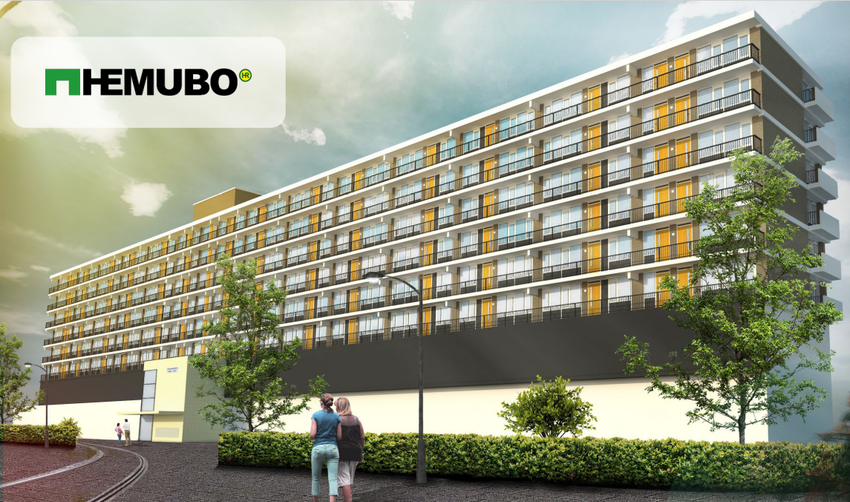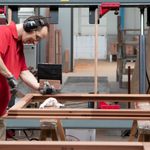Circular window frames by Hemubo

About the businessmodel
As part of a renovation project in Amsterdam the existing plastic window frames in the rear façade are 100 percent recycled and placed back in the building. The wooden window frames in the facade and the glass are also reused. Glass and frame wood are Hemubo's largest waste flows. That is a shame, because wood stores CO2 and it is easy to process. If the outside is weathered, there is often still usable wood underneath. The most logical solution was to make new window frames. In addition to the frame wood, the glass is also reused. Glass waste is usually remelted, but the blast furnaces emit a lot of CO2. Together with Hermans Glas and the Hogeschool van Amsterdam, Hemubo is testing a new process to increase the insulation value of the glass to HR ++. This means it no longer needs to be melted down.
| Step | Provide quantity and activity |
|---|---|
| Old windowframes are retreived from the building | |
| Windowframes are seperated at the workingplace | |
| Usable materials are used and part of a newly manufactured product | |
| Windowframes are placed into the existing building | |
Immagini
Tuesday 16 February 2021 - Last edit: Thursday 16 June 2022





 Copyright © 2026 Cinderela.
Copyright © 2026 Cinderela.